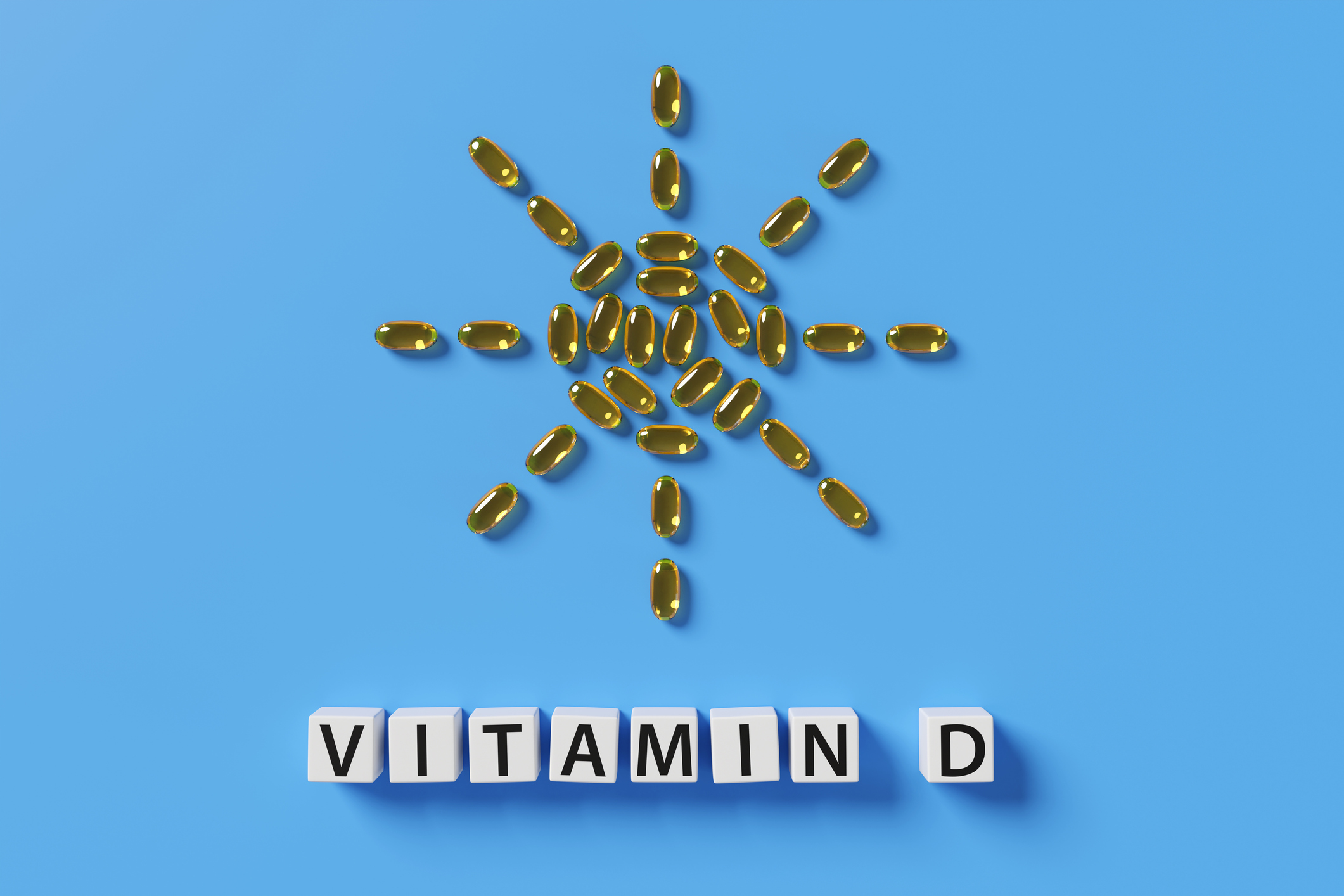2025-05-14
Chronic pruritus: a vitamin-based treatment?
Dermatology and Venereology
Chronic pruritus is a perplexing and debilitating symptom common to many skin disorders (eczema, psoriasis, urticaria), systemic diseases (chronic kidney disease, hepatic cholestasis), and neuropathic conditions. Despite its prevalence, it often remains poorly controlled by conventional treatments such as antihistamines, corticosteroids, or immunosuppressants. These strategies, though widely used, yield inconsistent results, carry side effects, and are unsuitable for long-term management.
Given these limitations, interest in better-tolerated alternatives has grown. Several vitamins—particularly D, B12, B3 (niacinamide), and E—have shown promise due to their anti-inflammatory, antioxidant, immunomodulatory properties, or their ability to strengthen the skin barrier. However, results remain inconsistent, and no official recommendations have yet been established.
This study was conducted to evaluate the efficacy of various vitamins in reducing the intensity of chronic pruritus, regardless of its cause, examining outcomes based on the type of vitamin, route of administration, and treatment duration.
Vitamins for itch relief?
This analysis reviewed 21 randomized controlled trials involving 1,723 participants with chronic pruritus of dermatologic, systemic, or oncologic origin. The studies investigated vitamins D2, D3, B3, B12, and E, administered orally or topically, over periods ranging from 4 to 52 weeks. The primary outcome was the reduction in pruritus intensity measured via standardized scales (VAS, SCORAD, UAS7).
The results demonstrated a moderate but significant effect of vitamins on pruritus intensity. The most pronounced effects were observed with topical vitamin B12 and topical vitamin D3, especially in cases of atopic eczema, renal-related or cancer-related pruritus. Oral formulations—particularly vitamin B3 and E—also showed moderate effectiveness. Oral vitamin D2 and D3 produced only modest results.
Short-term treatments (≤12 weeks) were associated with better outcomes than those exceeding 24 weeks, possibly due to physiological adaptation or reduced adherence. Additional benefits were noted in terms of skin lesions and inflammatory markers (TNF-α, IL-6, hsCRP).
Read next: Dupilumab in chronic spontaneous urticaria
Miracle vitamins or mirage?
Chronic pruritus is a debilitating symptom often resistant to standard treatments and significantly affects quality of life. Despite its varied causes, its management remains poorly standardized, and current therapeutic options are often ineffective in the long term or poorly tolerated.
One of the key challenges is to offer alternative, accessible, and better-tolerated therapeutic approaches that can modulate inflammation, restore the skin barrier, and limit pruritus mediators without major adverse effects.
In this context, vitamins are attracting growing interest, both for their biological properties and their potential for therapeutic repurposing.
This study aimed to evaluate the antipruritic efficacy of topically or orally administered vitamins by comparing their impact on pruritus intensity, associated skin lesions, and inflammatory markers. The findings confirm that certain vitamins—especially topical B12 and D3—can provide significant relief, particularly in inflammatory dermatoses and systemic pruritus.
Nevertheless, several major limitations restrict the generalizability of the results (heterogeneous protocols, short study durations, lack of long-term follow-up, absence of standardized formulations), underlining the need for more rigorous future research. Such studies should assess vitamin effects over longer periods, define optimal doses, determine the best administration routes, and identify patient profiles most likely to respond. Integrating vitamins into the therapeutic strategy for pruritus could ultimately support more targeted, effective, and sustainable care.
Read next: Vitamins for the Mood: The Hidden Role of B, C, and D!

Last press reviews
Does smoking during pregnancy protect against type 1 diabetes?

By Ana Espino | Published on November 24, 2025 | 3 min read<br>...
Digital rectal exam in prostate cancer screening: time to rethink its role?

By Carolina Lima | Published on November 20, 2025 | 3 min read<br>
Prostate cancer: could physical exercise be the key to regaining an active sexual life?

By Lila Rouland | Published on November 21, 2025 | 3 min read<br>...